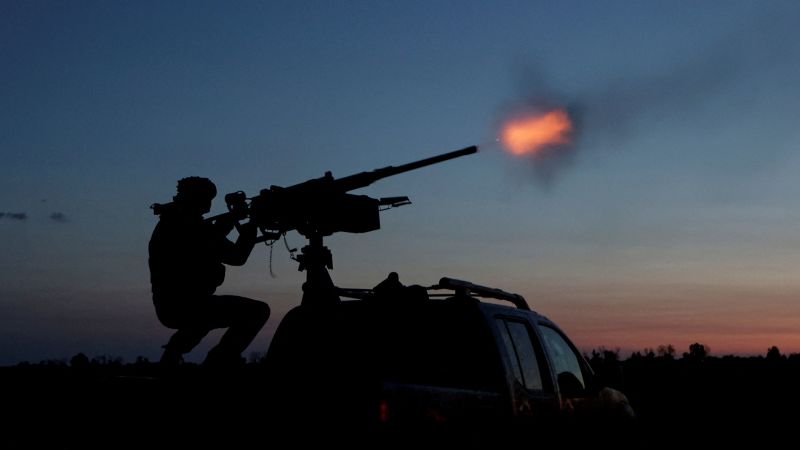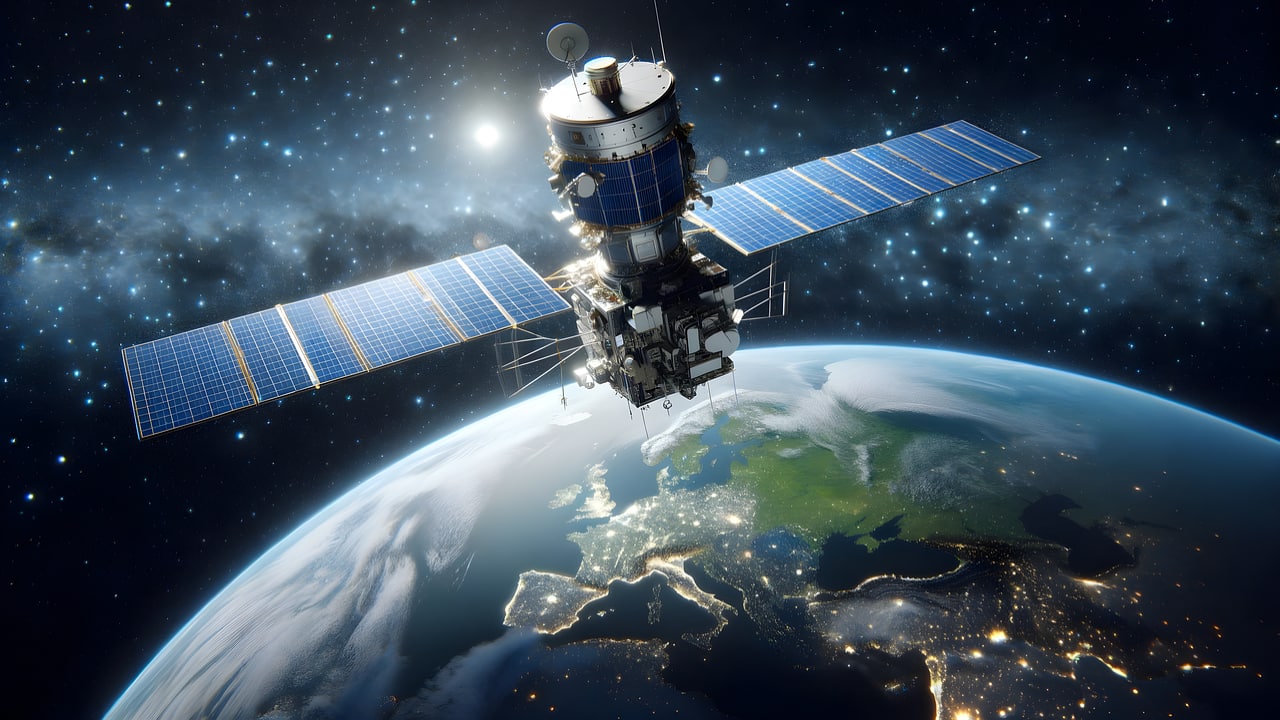US Shifts Anti-Drone Tech from Ukraine to Middle East Forces: A Strategic Move?

In a move that's raising eyebrows and sparking debate, the Pentagon has quietly redirected vital anti-drone technology originally earmarked for Ukraine to bolster US Air Force units operating in the Middle East. The decision, revealed in recent correspondence to Congress and confirmed by multiple sources familiar with the matter, signals a potential shift in US strategic priorities amidst escalating tensions in the region.
The technology in question is considered crucial for countering the growing threat of unmanned aerial vehicles (UAVs), commonly known as drones. These drones have become increasingly sophisticated and are being utilized by various actors in conflict zones, posing a significant challenge to military operations and civilian infrastructure.
Why the Shift?
The Pentagon’s rationale for this reallocation centers on the evolving security landscape in the Middle East. With ongoing conflicts and heightened instability, US forces deployed in the region face a persistent and intensifying drone threat. Officials argue that diverting the technology is necessary to ensure the safety and effectiveness of American personnel and assets.
“The situation in the Middle East demands immediate attention,” stated a source within the Pentagon, speaking on condition of anonymity. “While we remain committed to supporting Ukraine, we also have a responsibility to protect our own forces and address the most pressing security threats.”
Impact on Ukraine's Defense?
The decision to redirect the anti-drone technology has understandably drawn concern from Ukraine, which has been heavily reliant on Western military aid to fend off Russian aggression. While the US has pledged continued support, the reallocation raises questions about the potential impact on Ukraine’s ability to defend its airspace and critical infrastructure.
Analysts suggest that the move may be a temporary measure, with the Pentagon exploring alternative solutions to equip Ukrainian forces with comparable technology. However, the delay in providing this specific anti-drone system could potentially create vulnerabilities for Ukraine.
Congressional Scrutiny
The Pentagon’s decision has not gone unnoticed by Congress. Several lawmakers have expressed reservations, questioning the timing and potential consequences of the reallocation. Some are calling for a more transparent explanation from the administration, emphasizing the importance of maintaining a steady flow of military assistance to Ukraine.
“We need to understand the full implications of this decision and ensure that Ukraine’s defense capabilities are not compromised,” said Senator [Insert Senator's Name Here], a member of the Senate Armed Services Committee. “Congress will be closely monitoring this situation and holding the Pentagon accountable.”
Broader Implications
This strategic shift highlights the complex challenges facing the US as it navigates multiple global conflicts and balances competing security interests. It underscores the need for agile and adaptable defense strategies, but also raises concerns about potential unintended consequences and the importance of maintaining strong alliances. The move also signals a potential increase in US military involvement in the Middle East, as the US attempts to counter Iranian influence and protect its allies in the region.
The Pentagon's reallocation of anti-drone technology is a significant development with far-reaching implications, demanding careful scrutiny and ongoing dialogue between the executive and legislative branches.






